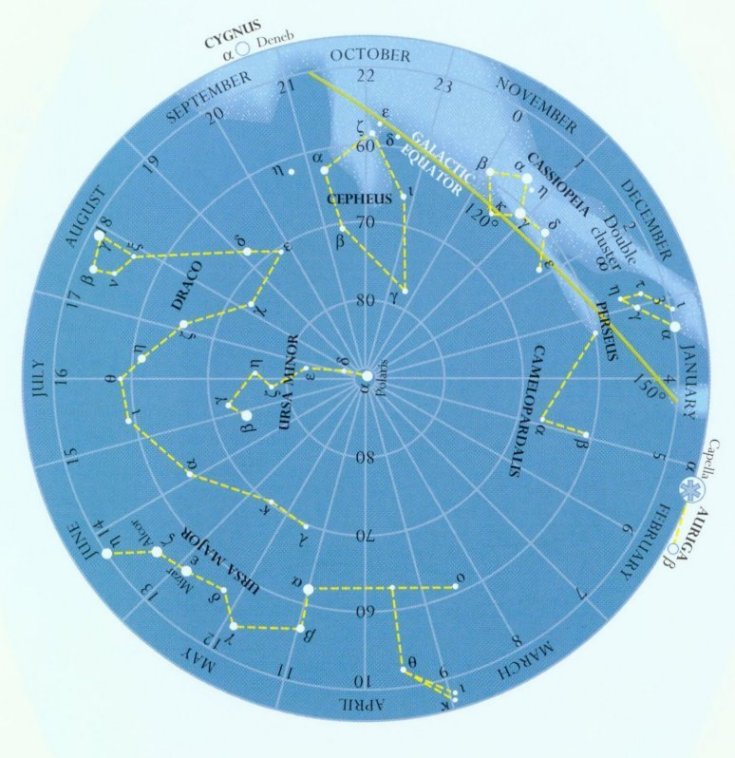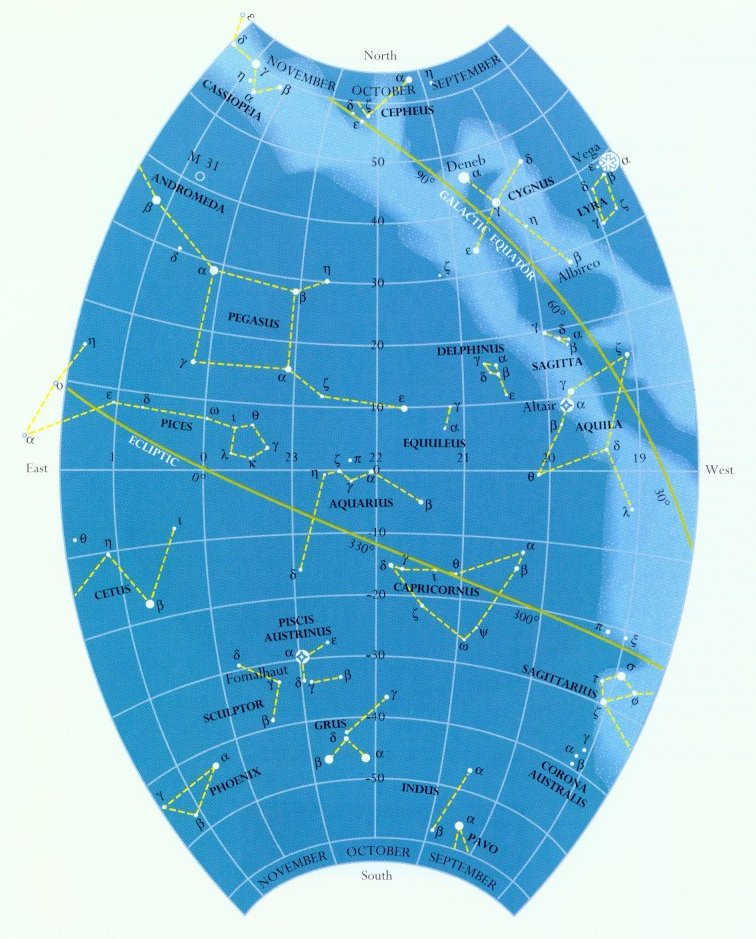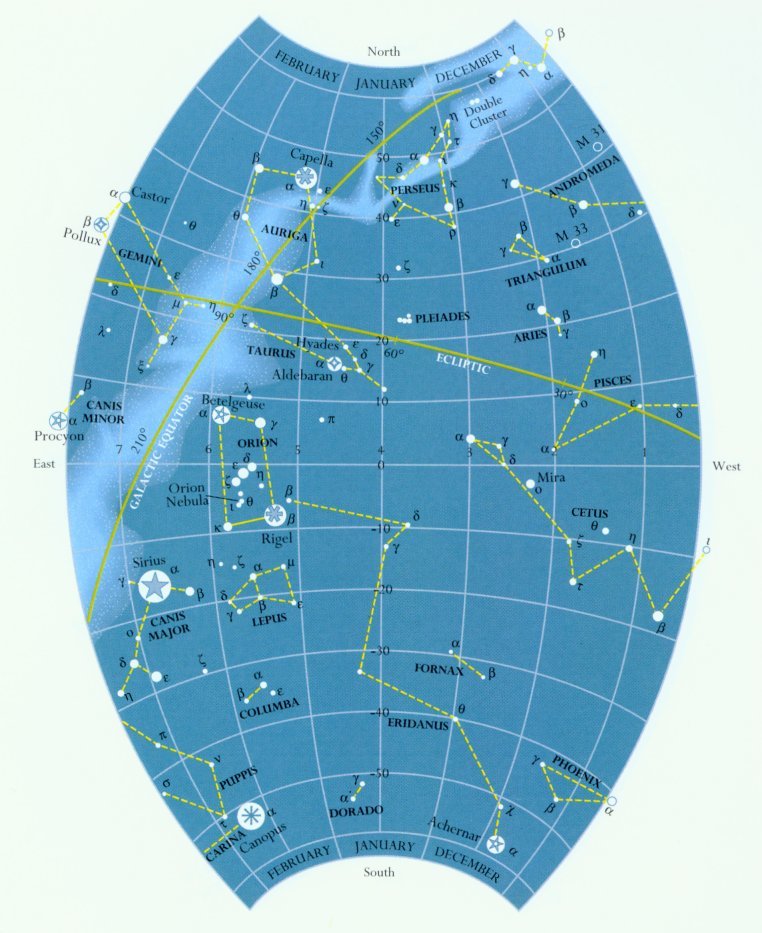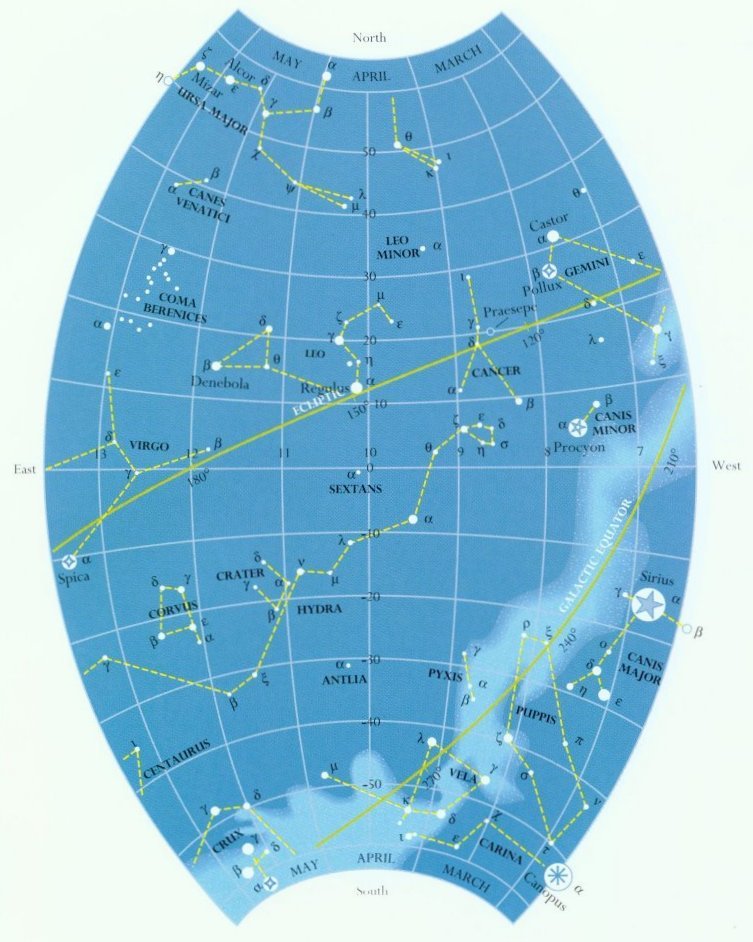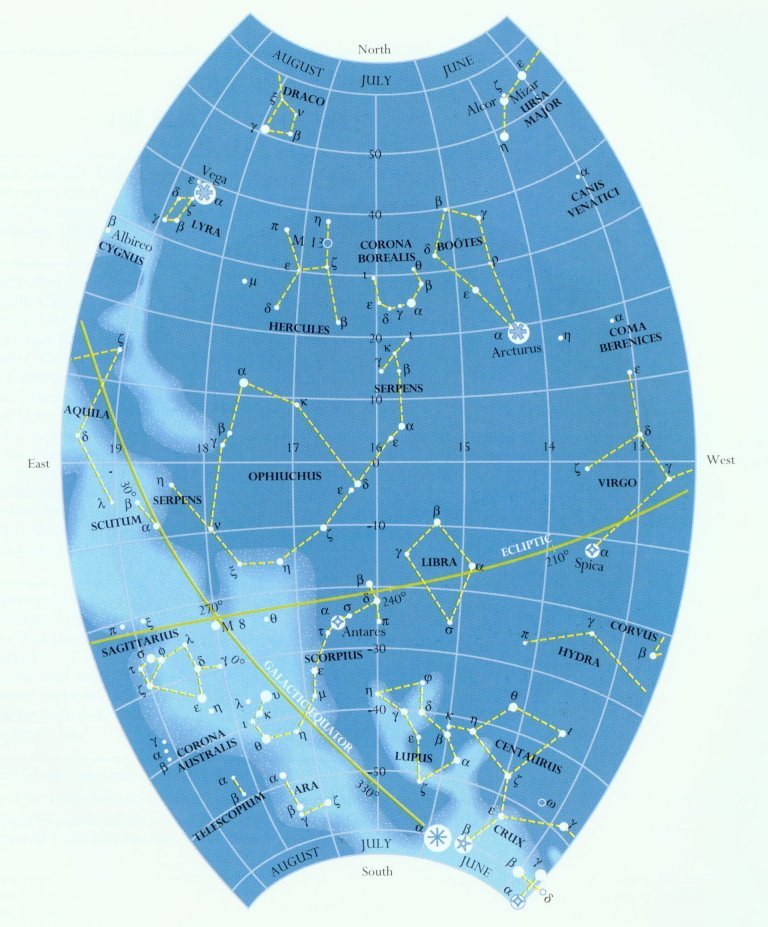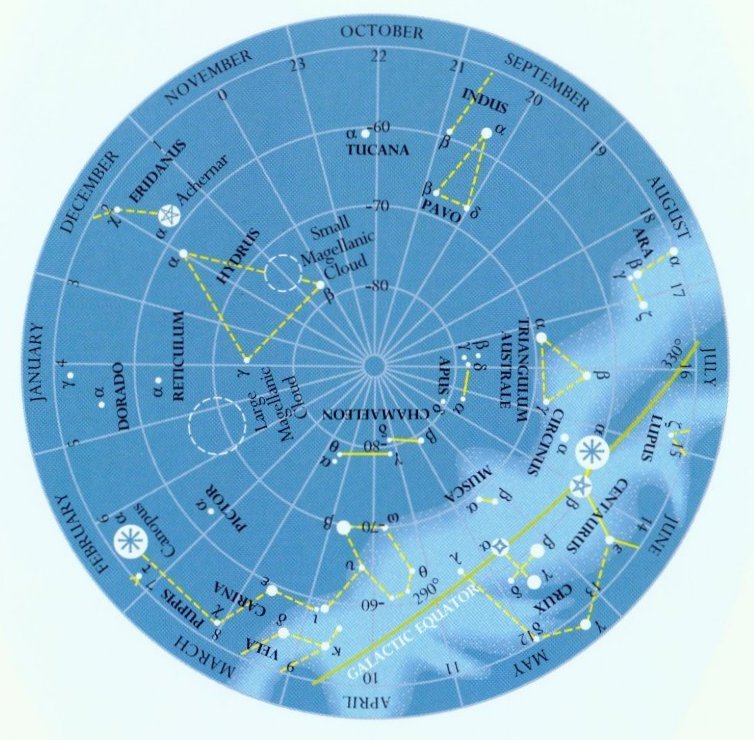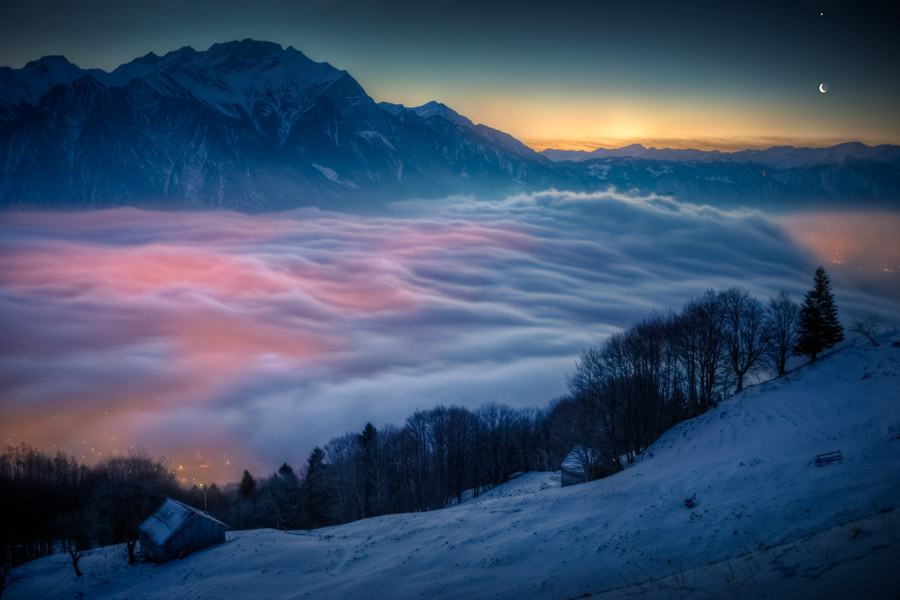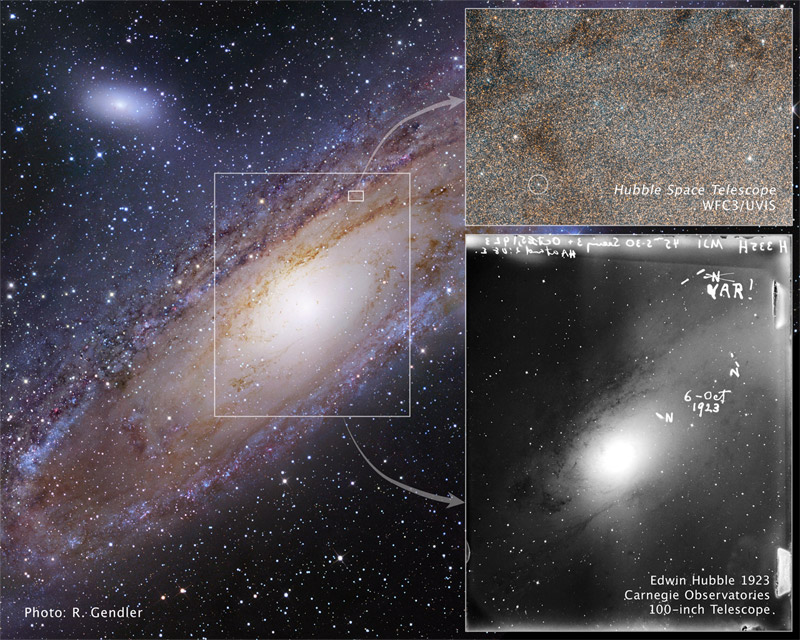waltky
Wise ol' monkey
possum's hair standin' on end `cause Uncle Ferd told him dats when the Voodoo Chiles come out...

Lunar eclipse Wednesday to last 100 minutes – longest in 11 years
June 13, 2011 - Skywatchers in North America will miss this lunar eclipse, but a second one this year will be visible in December, especially in western portions of the continent.
See also:
Magnetic Bubbles Detected at Edge of Solar System
June 13, 2011 - The latest data from the twin Voyager spacecrafts suggest the outer edge of the solar system is not smooth but filled with giant magnetic bubbles. Scientists say the turbulent bubbles are the result of the interaction between the Sun’s magnetic field and material expelled from other stars in the galaxy.
Lunar eclipse Wednesday to last 100 minutes – longest in 11 years
June 13, 2011 - Skywatchers in North America will miss this lunar eclipse, but a second one this year will be visible in December, especially in western portions of the continent.
Skywatchers across much of the world are getting set for a total lunar eclipse June 15 that promises to shroud the moon in the darkest part of Earth's shadow for 100 minutes – the longest stretch of deep dimming in 11 years. This eclipse of the moon will not be visible in North America. But people across a broad swath of the planet – from Europe east and south to eastern Australia and New Zealand – will be able to catch at least the darkest phase of the eclipse, weather permitting.
The moon's brightness will take a decided dive during the height of the event, potentially providing skywatchers with good views of features in the night sky they might not otherwise be able to see. During a 1982 total eclipse that traced a path across the same part of the sky as the June 15 eclipse of the moon, "I was amazed at how brilliantly the summer Milky Way glowed, because it was all but invisible" during the portions of the eclipse when the moon was passing through lighter portions of Earth's shadow, according to Fred Espenak, an astrophysicist at the Goddard Space Flight Center in Greenbelt, Md., in an ecplise forecast he posted on the center's web site.
Total eclipses occur when the moon passes through a dunce-cap shaped shadow Earth casts into space on its night side. The shadow has two main portions – an outer portion, or penumbra, which begins the dimming process, and the umbra, the inner, darkest part of the shadow. The eclipse is set to begin at about 1:24 p.m. Eastern Daylight Time, with the total eclipse beginning two hours later. The moon will be at its darkest at about 4:12 p.m. EDT.
The total portion of the eclipse will last for 100 minutes on Wednesday night because the moon will be crossing through the shadow close to an imaginary line stretching from the peak of the dunce cap through the center of the Earth. This represents the thickest part of the umbra at any given distance from Earth. During this time, spectators will see the moon shift from its bright white before the eclipse to varying shades of orange to deep orange or even red when it passes through the umbra.
MORE
See also:
Magnetic Bubbles Detected at Edge of Solar System
June 13, 2011 - The latest data from the twin Voyager spacecrafts suggest the outer edge of the solar system is not smooth but filled with giant magnetic bubbles. Scientists say the turbulent bubbles are the result of the interaction between the Sun’s magnetic field and material expelled from other stars in the galaxy.
If you could see the bubbles contained in the invisible magnetic field, scientists say they would look like giant sausages, approximately 160 million kilometers across. Detected by an instrument on board the Voyager space probes that measures energetic particles, scientists say the bubbles are formed when the so-called solar wind, a stream of charged particles from the Sun, trails outward to the edge of the solar system and twists as a result of the Sun’s rotation, interacting with material from stars on the other side of the divide.
Using a new computer model to analyze the data, astronomers say the solar magnetic field is broken up at the boundary with intergalactic space into the turbulent, bubble-like structures. Astronomer James Drake of the University of Maryland likened the foamy bubbles to water coming out of the jets of a Jacuzzi tub. “Those jets are very bubbly," said Drake. "Well, this thing is very bubbly. Like the most bubbly parts of your Jacuzzi. So, it’s very bubbly indeed as far as we can tell.”
But experts say the Sun’s magnetic field is very weak at the edge of the solar system and the bubbles are not so turbulent as to disrupt the Voyager spacecrafts which entered the final layer of the solar system, called the heliosphere, in 2007 and 2008. Launched in 1977, the 33-year-old space probes are now more than 14 billion kilometers from home, traveling a distance of approximately 450 million kilometers per year at different locations inside the heliosheath, the outer ring of the immense magnetic bubble in the solar system created by the Sun’s magnetic field.
NASA scientists say the twin space probes, the most distant observatories operated by the space agency, are good for at least another five years. Boston University astronomer Merav Opher says scientists are now trying to figure out what’s on the other side of the heliopause, the boundary between our solar system and intergalactic space. “This is a complete new area," said Opher. "We have never been near the heliopause before. And now it will be complicated because you have an interspace full of your bubbles and you are going towards the other side. So how this interface will be we don’t really know.” The article describing the discovery of magnetic space bubbles by the Viking spacecrafts is published this week in the Astrophysical Journal.
Source
Last edited:
